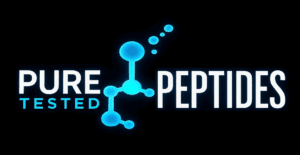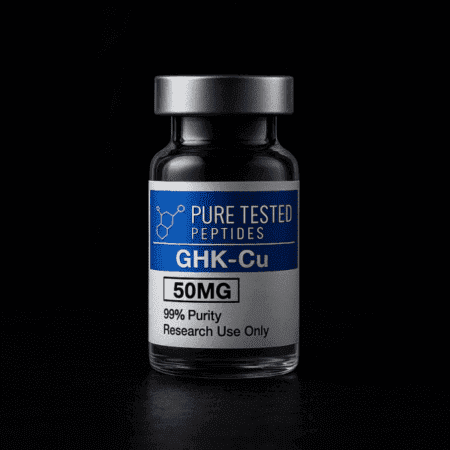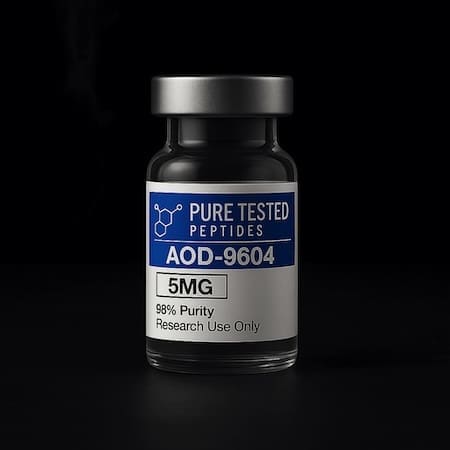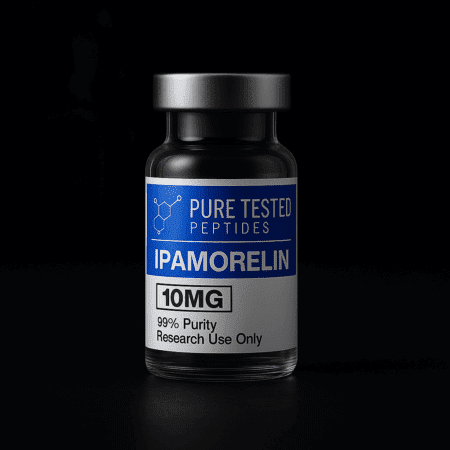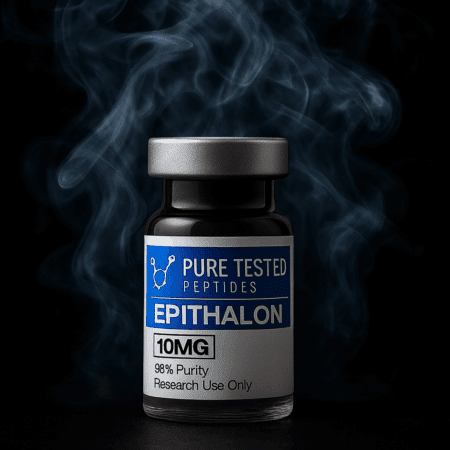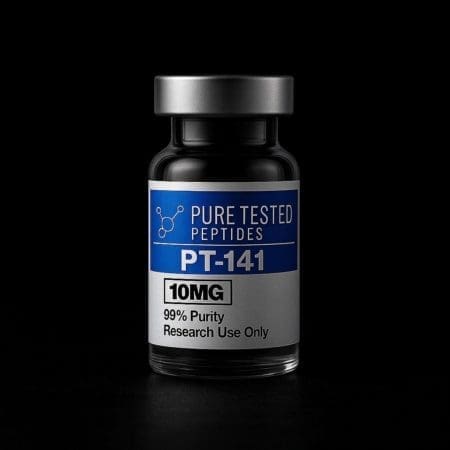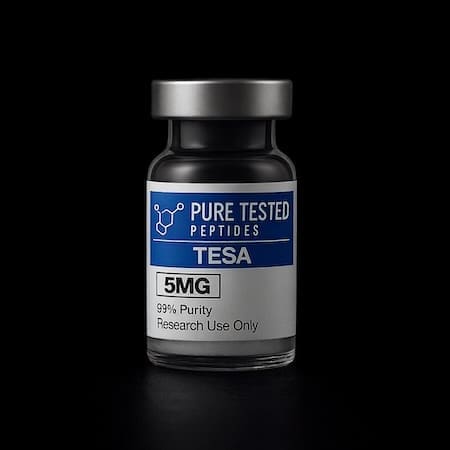Overview
PT-141 (Bremelanotide) and Central Arousal Pathways — Research-Only Review is summarized here strictly for laboratory and academic discussion. This page is not medical advice and does not recommend any treatment or human use. Bioregulators and geroprotectors are studied for how short peptide motifs and related molecules may influence homeostasis, stress responses, and tissue-specific signaling in models. Researchers often focus on mechanisms like transcriptional modulation, mitochondrial dynamics, angiogenic balance, and immunological tone.
Mechanistic interest typically centers on receptor-level cues, downstream cascades such as PI3K/AKT, MAPK, or AMPK, and on gene programs governing proteostasis and redox balance. In vitro and preclinical literature frequently track endpoints like barrier integrity, cytokine expression, extracellular matrix turnover, and mitochondrial membrane potential. Where available, controlled models help separate direct peptide actions from secondary effects on tissue microenvironments.
For laboratories mapping targets or building reference libraries, search-optimized inventories sometimes include PT-141 for sale to organize bench materials by theme and pathway, always under a research-only policy.
Across studies, signal magnitude depends on sequence, conformation, and local context. Short motifs can act as transcriptional “nudges,” while mitochondrial-active peptides may alter electron transfer efficiency or cardiolipin binding. Some thymus-derived preparations are explored for effects on maturation of immune compartments in non-clinical settings. Skin and connective-tissue models often track collagen I/III ratios, fibroblast migration, and metalloproteinase regulation.
To review related lab materials: see the complete catalog of peptides for research and evaluate the pathway-specific product page here: dedicated research listing. All items, if listed, are intended solely for qualified laboratory use and in vitro exploration.
As you catalog reagents or plan protocols, use precise terminology and document controls; if your inventory labeling uses phrases like PT-141 for sale, ensure that it refers exclusively to research-grade materials and that handling follows appropriate institutional guidelines.
Methodologically, rigorous work logs typically note peptide lot, solvent conditions, temperature, pH, and exposure time, together with controls that clarify baseline drift and batch effects. When studying mitochondrial or thymic pathways, investigators often combine microscopy with fluorometric or respirometric readouts to triangulate mechanism from orthogonal evidence.
Future bench directions include multi-omics mapping and standardized inter-lab protocols to improve comparability. Model selection remains critical: primary cells, immortalized lines, and organoid systems can yield different signal sizes, so pre-registration of endpoints and transparent reporting increase the value of each dataset to the wider community.
Compliance Notice: All compounds are sold for laboratory research only. Not for human consumption, medical, veterinary, or household use. No outcomes are claimed or implied.
